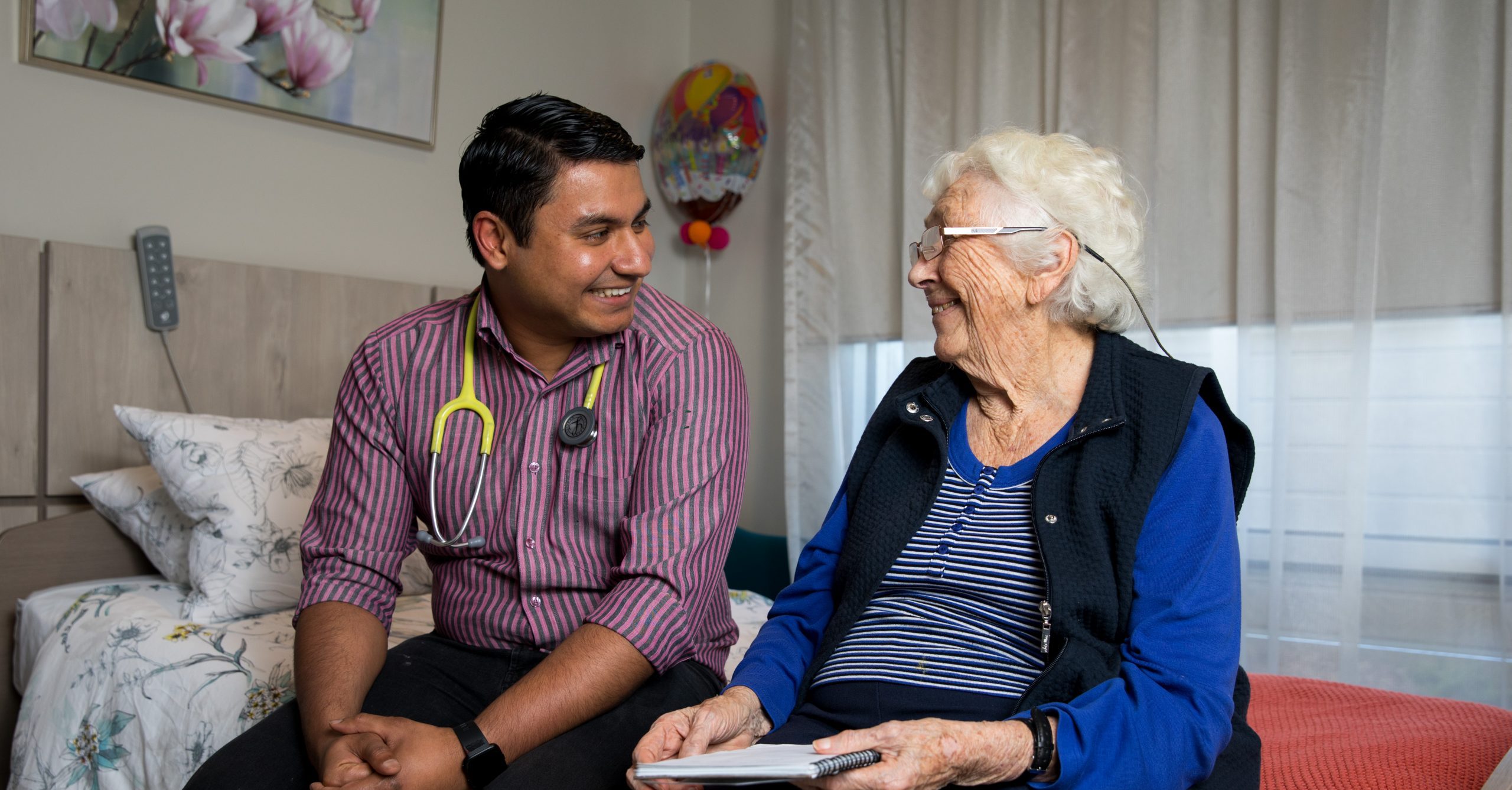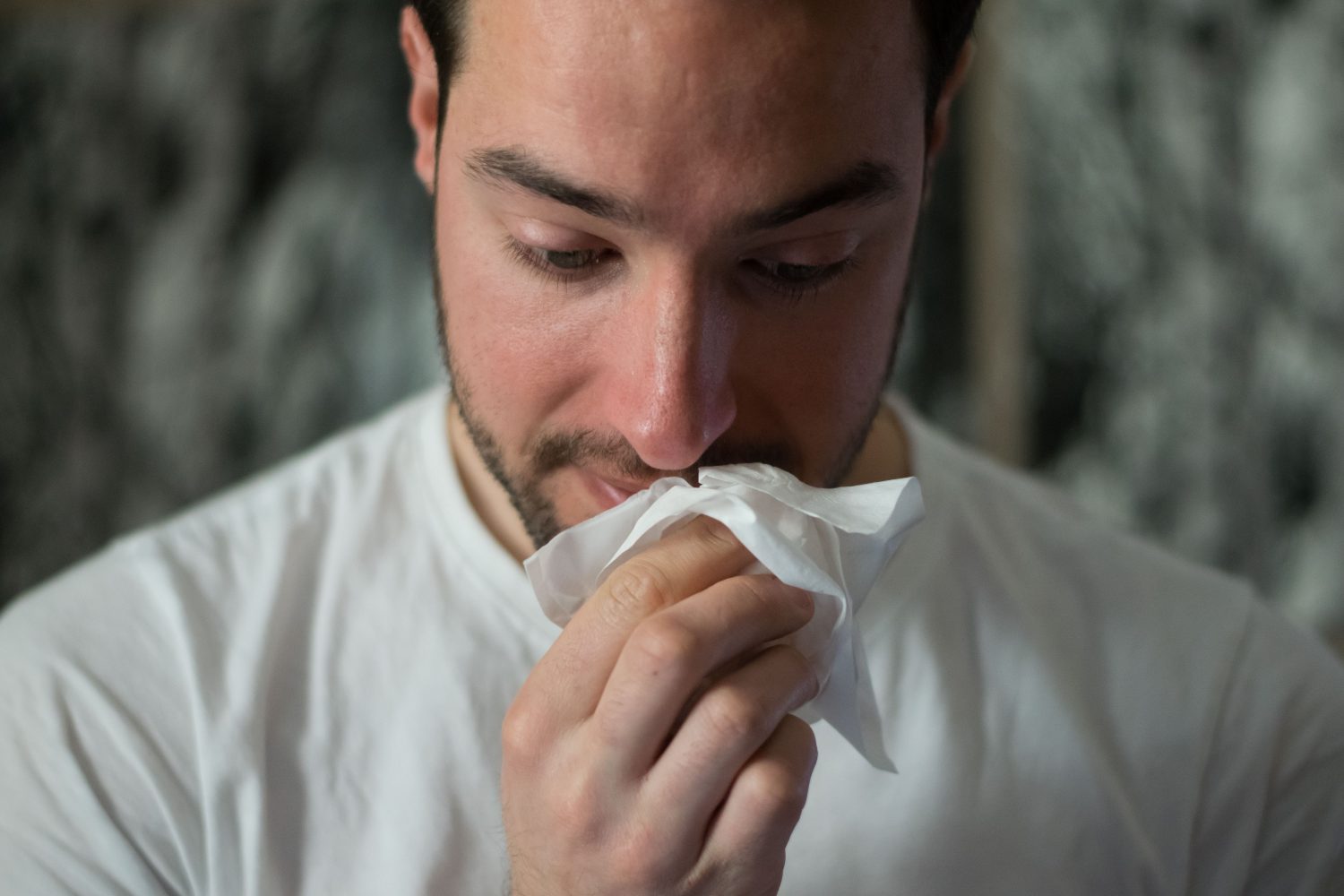How to correctly measure your blood pressure at home
Doctors often measure a patient’s blood pressure in the clinic. However, this is only a snapshot really, and it’s better to seek an average. That’s where a patient measuring their own blood pressure at home, provided it’s done correctly, can be very helpful. After reading this article, hopefully, the next time your GP says “you should get a few measurements at home” – you’ll know exactly what to do. You got this!
Stop – High blood pressure – why care?
High blood pressure generally puts your whole body, including your heart, under extra stress. Over time, that stress wears your whole body out, prematurely and various organs such as your heart, kidneys, brain and vision can deteriorate. Yet often having high blood pressure isn’t something you’ll know about since it doesn’t usually cause any symptoms. That’s why it’s useful to test it, and here – we tell you how to do this yourself at home.
When to test
Morning and evening, before any medications, food or exercise. Measure it for seven consecutive days. Sit down for 5 minutes to rest, before you start measuring.
Do not smoke or drink caffeine for at least 30 minutes before measuring your blood pressure.
How to test
Firstly, use a validated device. A reliable list of such recommended devices can be found here – https://bihsoc.org/bp-monitors/
Make sure you’re in a comfortable position with your arm roughly at the height of your heart, and your back and arm well supported. The blood pressure cuff needs to be the appropriate size (there are markings usually on the cuff to guide this) and placed on your bare arm.
Then, when you measure your blood pressure, do it once, wait 1 minute and do it again. This means that you’ll have four measurements per day.
Each time, your blood pressure machine will give you a high number and a lower number. The high number is your systolic pressure (when your heart contracts) and your diastolic blood pressure (when your heart relaxes). Record both numbers.
What to do with your measurements
After 7 days, by collecting 4 measurements a day (two in the morning, two in the evening) you would have collected 28 measurements. Now discard the first day (that’s considered a practice day!), and average out the measurements of the remaining 6 days (24 measurements in total). Relay that information to your doctor.
We’ve created a simple spreadsheet that helps you to record this information and calculates the average for you. You can find that here Home Blood Pressure Monitoring 7 Day Average
If your average is >135/85 – you may have high blood pressure.
The gold standard – 24 hour ambulatory blood pressure monitoring
These days, know also that measuring your blood pressure with a device that takes it automatically every 30 mins to 1 hour for 24 hours is the most accurate way of measuring your blood pressure and making decisions. This is called 24 hour ambulatory blood pressure monitoring. However, if you measuring it at home, in the manner described above, that’s still very helpful in making decisions.
If you have any questions about this article or blood pressure in general, please feel free to email us at community@atticushealth.com.au
Credit: The recommended technique of home blood pressure monitoring described is based on an article originally published in the Australian Family Physician journal in 2016. That full article is thankfully available to the public and can be found here https://www.racgp.org.au/afp/2016/january-february/how-to-measure-home-blood-pressure-recommendations





